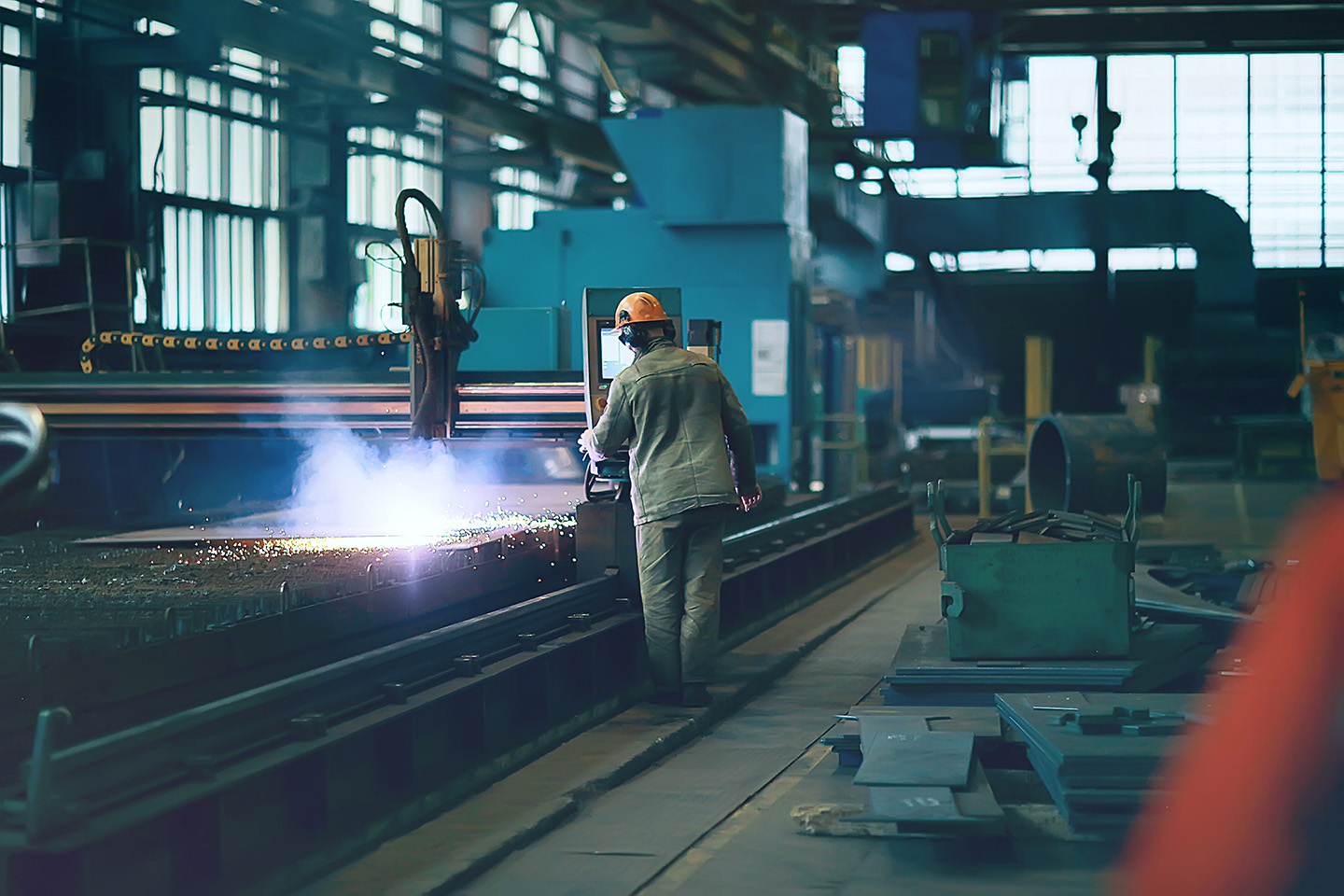MENA Steelmakers Leading the Green Revolution with DRI Technology
Key Ideas
- Steelmakers in the MENA region are rapidly adopting DRI technology to lower carbon emissions and produce green steel using green hydrogen.
- Global DRI capacity is projected to reach 175mtpa by 2030, with MENA expected to contribute significantly and become a major exporter by 2050.
- Several key projects in the MENA region, including the establishment of large DRI facilities and collaborations for low-emissions steel production, are driving the green transition.
- Companies like CWP Global, Baosteel, and Vale are investing in DRI-EAF technology and green hydrogen production to position themselves at the forefront of the low-emissions steel market.
Steelmakers in the Middle East and North Africa (MENA) are at the forefront of embracing direct reduced iron (DRI) technology to reduce their carbon footprints and transition towards low-emissions steel production. The DRI-electric arc furnace (EAF) pathway not only offers lower carbon emissions compared to traditional methods but also enables the production of green steel using green hydrogen. MENA steelmakers have a strong track record in utilizing DRI technology over the past four decades.
Global projections indicate that DRI capacity will reach 175 million tonnes per annum (mtpa) by 2030, with MENA expected to contribute significantly, aiming to become a major exporter by 2050. Recent developments in the MENA region, including partnerships and agreements, highlight the momentum towards green iron and steel production. Key projects such as the establishment of large DRI facilities and collaborations for low-emissions steel are driving this transition.
Companies like CWP Global, Baosteel, and Vale are actively investing in DRI technology and green hydrogen production. For instance, CWP Global plans to utilize hydrogen from its AMAN project in Mauritania to produce green hot briquetted iron (HBI) for export to Europe. Baosteel aims to increase its investment in a joint venture in Saudi Arabia to produce low-emission thick plates using DRI-EAF technology. Vale is working on establishing three mega hubs in MENA and has signed agreements to build an iron ore concentrate plant in Oman.
While new steel plants in the region are being designed to be hydrogen-ready, existing facilities are urged to reduce emissions in line with international standards for low-emissions steel production. MENA steelmakers are strategically positioning themselves to lead the green revolution in the steel industry, seizing the opportunities presented by the transition to sustainable practices in iron and steel production.
